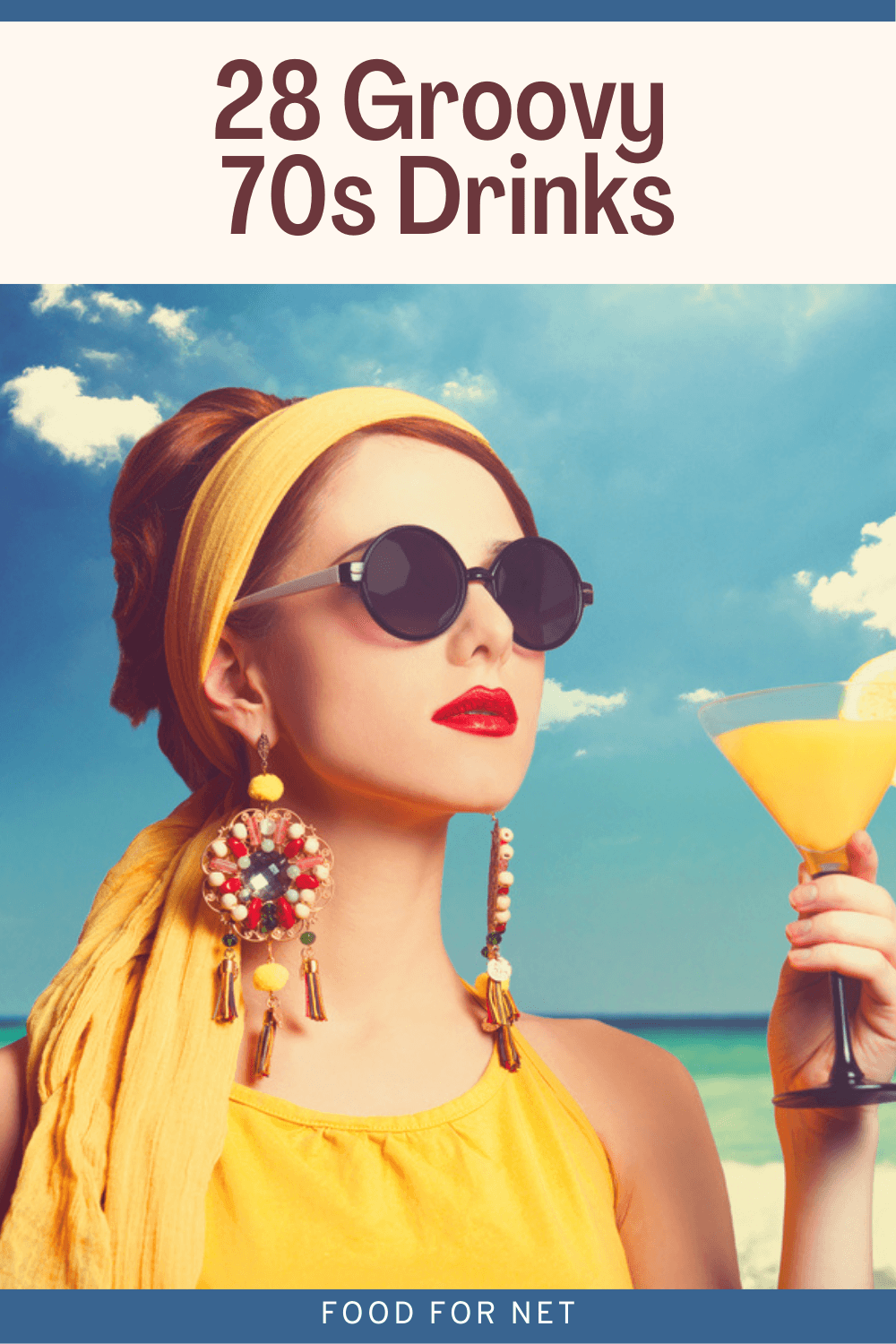
When we talk about nostalgia, the 80s and the 90s tend to get most of the attention. Those were exciting times, that’s true, with exciting music, fashion, and cocktails. But, what about the 70s? There’s certainly a lot to be said for the era – including all the interesting 70s drinks.
We say interesting rather than good, as the 70s did strongly swing towards creamy drinks, often those that were also incredibly rich. Indeed, the richness makes it difficult to enjoy more than one or two of these drinks in a sitting.
Still, there are exceptions. The 70s saw some more nuanced drinks as well and some classics from previous decades remained popular. Besides, the creamy creations of the 70s still have their place. You might enjoy making them at home or ordering one as a treat while you’re at a bar.
70s Drinks (With Pictures!)
Moscow Mule
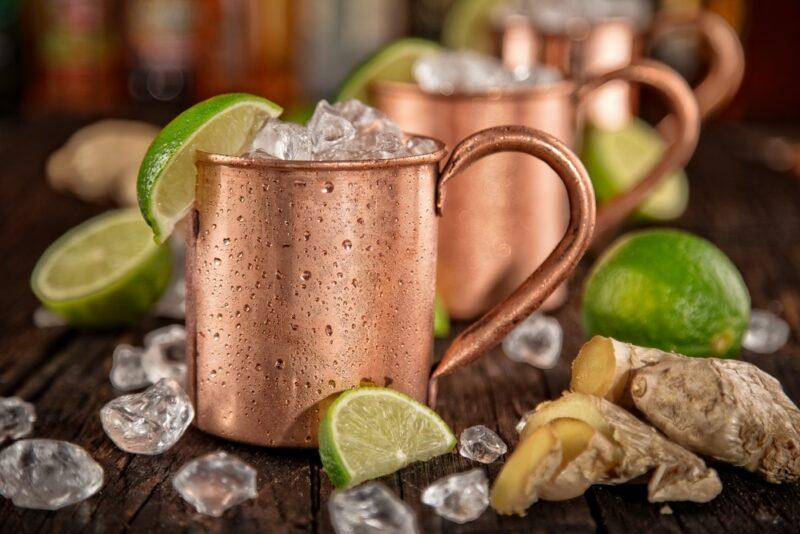
The Moscow mule isn’t a child of the 1970s. Instead, the drink was created back in the 1940s. It’s seen popularity surges over the years, including one in the 1970s.
Interest in this drink isn’t too surprising. After all, this is a simple cocktail, one that just needs three ingredients (ginger beer, vodka, and lime juice). It’s traditionally served in a copper mug, which makes it even more enjoyable.
Then there’s the vodka industry. They’ve had a heavy hand in marketing this drink, partly because vodka doesn’t feature heavily in traditional cocktails.
The Moscow mule continues to be popular today, making it an ideal drink to serve at a 70s party. Even the copper mugs are easy to find now and are surprisingly inexpensive.
Greyhound And Salty Dog
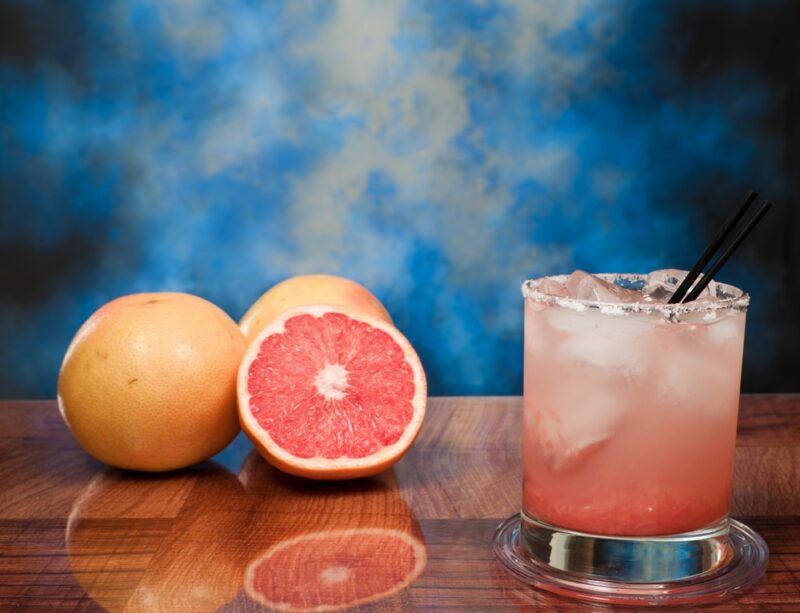
The greyhound and the salty dog are two related cocktails – both popular in the 70s.
The greyhound is a two ingredient drink that simply combines grapefruit juice with either gin or vodka. Quality matters here, as cheap vodka or canned grapefruit juice produce an inferior drink.
To make a salty dog, you just serve a greyhound with a salted rim. That’s it.
The salted rim makes a huge difference, though. It tones down the bitterness of the grapefruit and makes the drink much more engaging.
Godfather
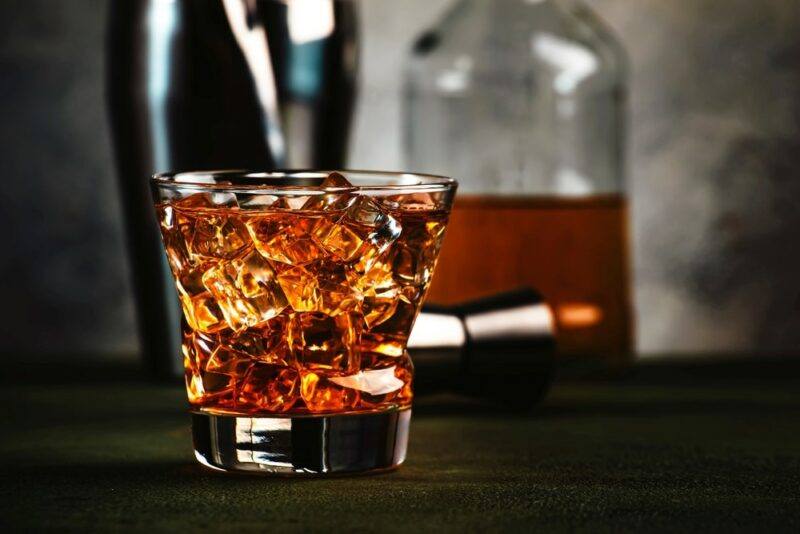
The godfather is one of those cocktails that’s simple to make, yet has a surprisingly complex flavor. The drink itself just combines Scotch whisky and amaretto, often in a 3:1 ratio.
It works so well because the flavors of the Scotch and the amaretto perfectly complement one another. In particular, the slight nuttiness from the amaretto enhances the smokiness of the Scotch without overpowering it.
Grasshopper
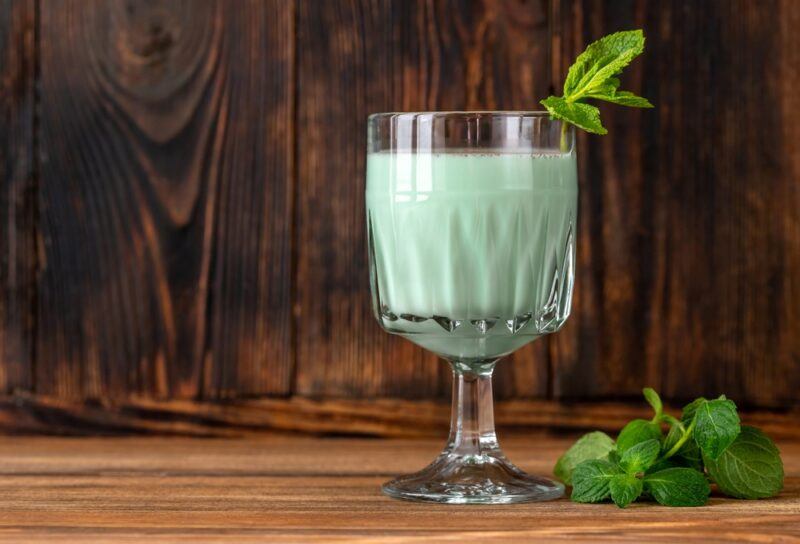
Cream heavy cocktails were popular in the 70s and the grasshopper highlights the trend nicely. The cocktail itself was created around 1918. It was often served during Prohibition and the 1970s, and you can even find it in some bars today.
The original version is simple: white crème de cacao, crème de menthe, and heavy cream. These ingredients give you a rich sweet drink that can be difficult to stomach.
If it’s too much, you can try the flying grasshopper. This riff on the cocktail was also popular in the 1970s. It adds vodka to the classic recipe – increasing the alcohol content and slightly mellowing out the flavor.
Brandy Alexander
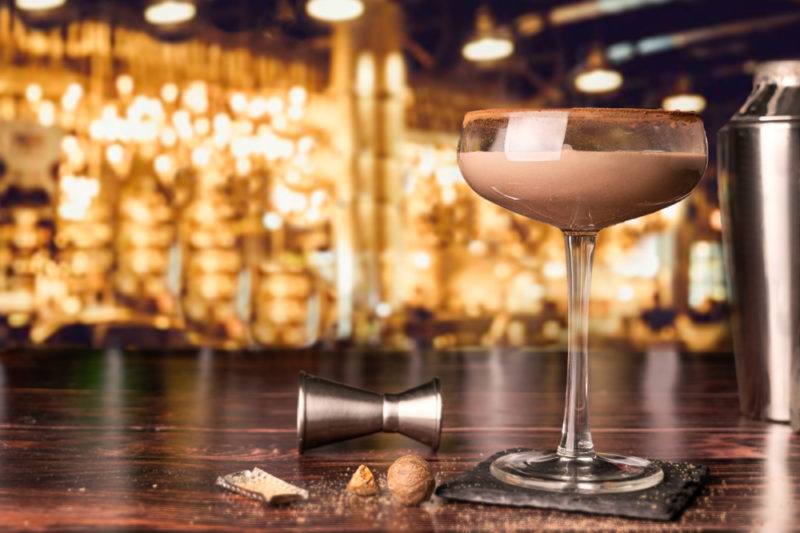
Here’s another rich and creamy drink. This time, you’re combining dark crème de cacao with cognac and cream.
The cognac gives the cocktail more depth and a higher alcohol content than the grasshopper. Even so, this cocktail is best served for dessert.
Where the name Alexander comes from isn’t clear. However, the drink is a twist on an earlier Alexander cocktail that used gin as the base spirit rather than brandy.
Stinger
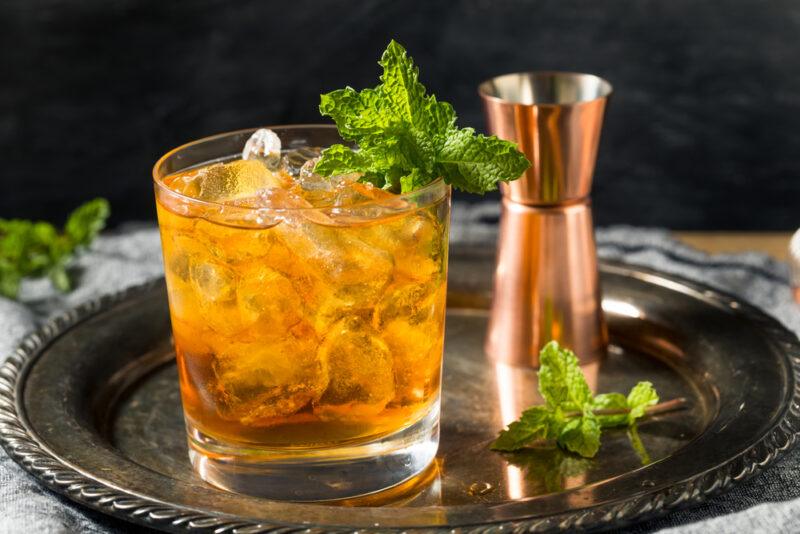
Just like the brandy Alexander, this cocktail uses cognac as the base spirit. This time though, you’re just mixing it with white crème de menthe.
Skipping the cream makes this drink much less rich, without taking away from the flavor.
Rusty Nail
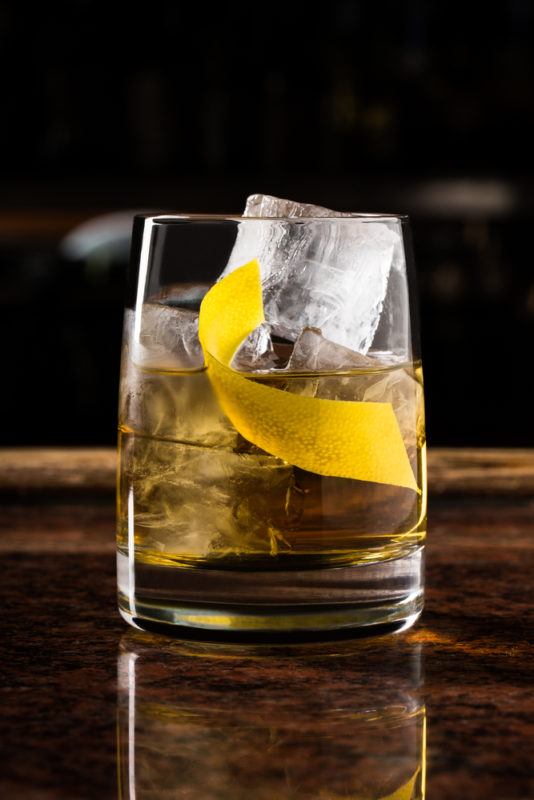
Some cocktails remain popular for decade upon decade. Others are popular for a while, then swiftly forgotten.
The rusty nail falls in the latter category. It’s thought to have been developed near the beginning of the 1960s and became even more popular in the 1970s.
The Rat Pack themselves are thought to have had rusty nails regularly, which could be one reason for the drink’s popularity.
It is a deceptively simple cocktail that just combines Scotch whisky with Drambuie. While some recipes call for a 1:1 ratio of Scotch to Drambuie, many authors lean towards 2:1, finding that this has a better balance.
Aperol Spritz
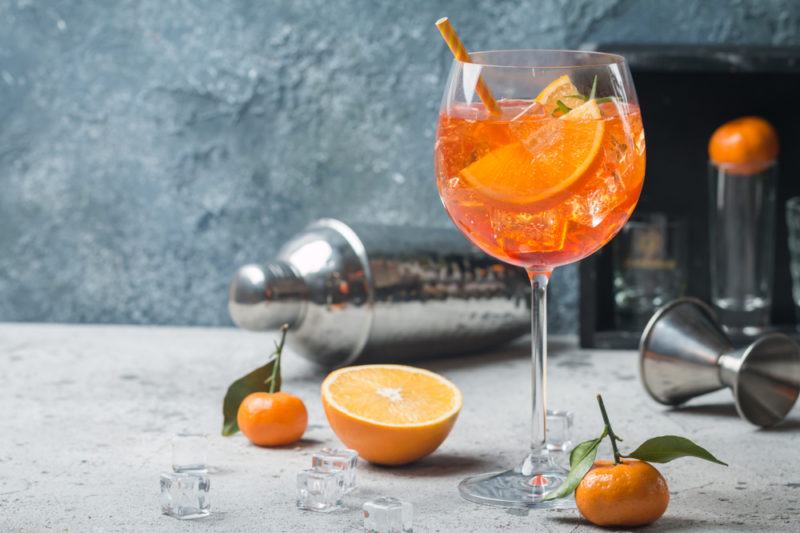
This brightly colored drink relies on Aperol, an Italian liqueur with a bitter flavor. The Aperol spritz combines Aperol with prosecco and club soda.
These three ingredients give you a refreshing drink that isn’t too boozy. It can be as low as 9% ABV, depending on the ratio of ingredients.
That said, the official ratio uses three parts Aperol, two parts prosecco, and one part soda water. This balance allows the flavor of the Aperol to shine.
Blue Hawaii
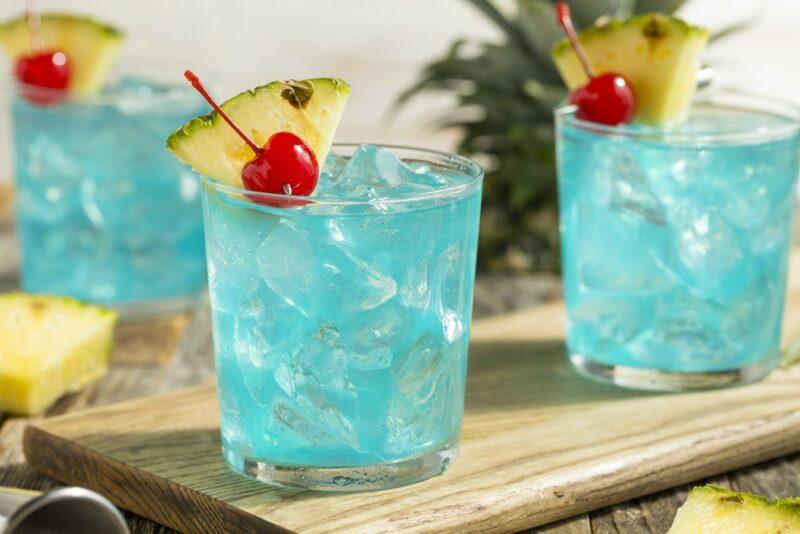
The blue Hawaii is vibrant and fun, so it’s no surprise that it was popular during the 1970s. The cocktail gets its color from the use of blue curacao.
Other ingredients include rum, pineapple juice, and sweet and sour mix.
Don’t confuse this with the blue Hawaiian though. The blue Hawaiian drops the sweet and sour mix in favor of coconut cream, creating a creamier cocktail.
Harvey Wallbanger
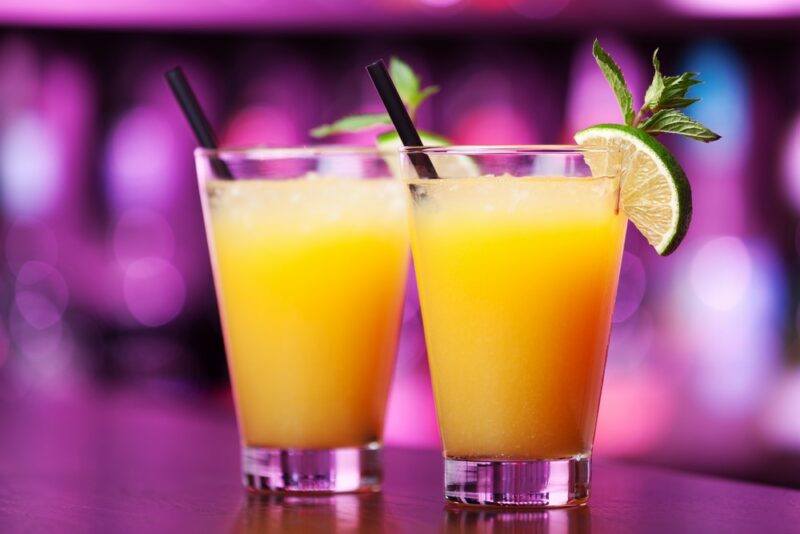
The Harvey Wallbanger isn’t complicated at all. The cocktail is simply a riff on the screwdriver, except that you’re adding a small measure of Galliano as well.
Galliano is a yellow liquor, so it doesn’t change the color of your drink. However, it does add some extra nuance.
Tequila Sunrise
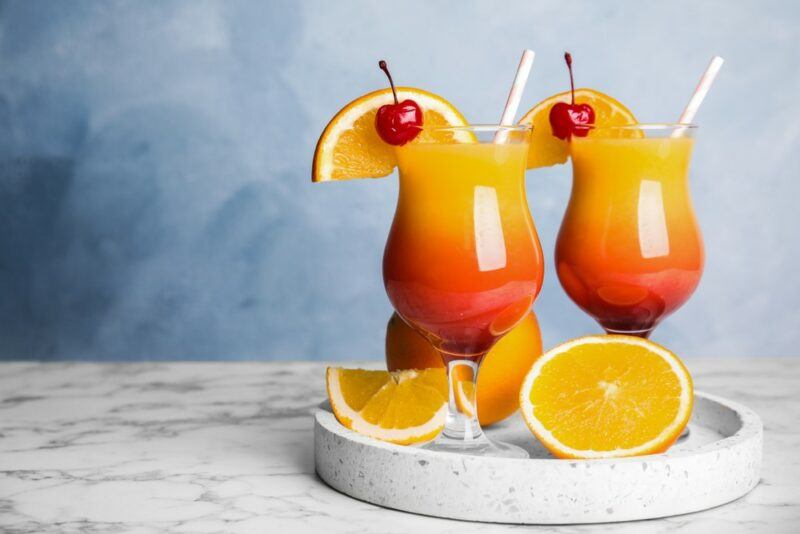
The tequila sunrise was a classic 70s drink, one that’s still going strong today. It’s most famous for its appearance, as the yellow and orange layers of the drink really do look like a sunrise.
Three ingredients are used to create these colors – grenadine, orange juice, and tequila. Each ingredient is carefully added to the cocktail and it’s kept unstirred, so that the layers remain.
Margarita
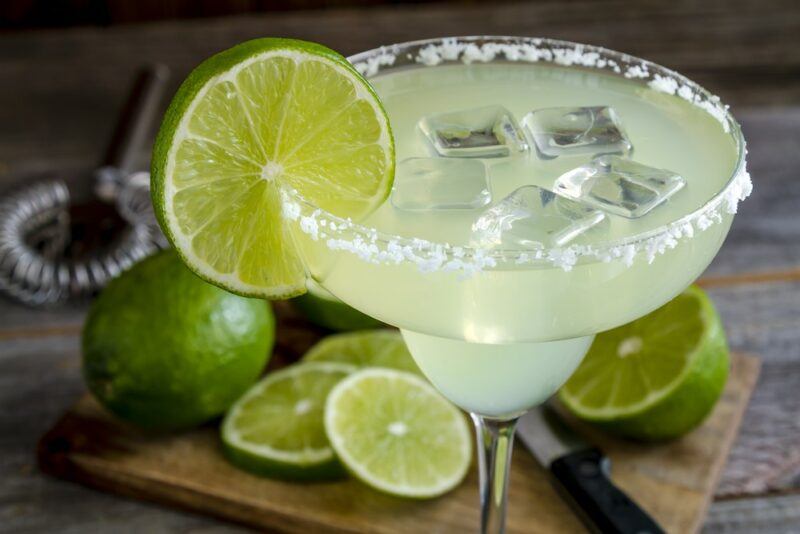
The margarita is a classic sour cocktail – made using orange liqueur, lime, and tequila. Those three ingredients combine well to create a tart drink.
The drink was particularly popular in the 60s and the 70s. Jimmy Buffet’s 1977 song Margaritaville certainly helped with the cocktail’s popularity.
Of course, there were endless tweaks to the recipe, like using frozen limeade in the cocktail. Strawberries were sometimes added too, creating the classic strawberry margarita.
Pina Colada
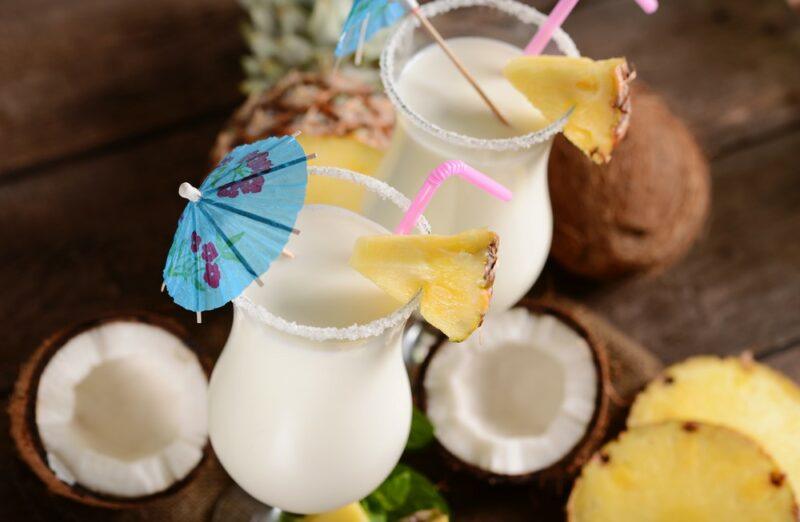
It’s easy to see how the pina colada fits into 70s culture. The classic tropical cocktail is both creamy and fruity – relying on pineapple juice, coconut cream, and white rum.
Then there’s Escape, also known as the pina colada song. This came out towards the end of the 1970s and hit the top of the American charts. The song’s popularity would have only boosted interest in pina coladas.
Negroni
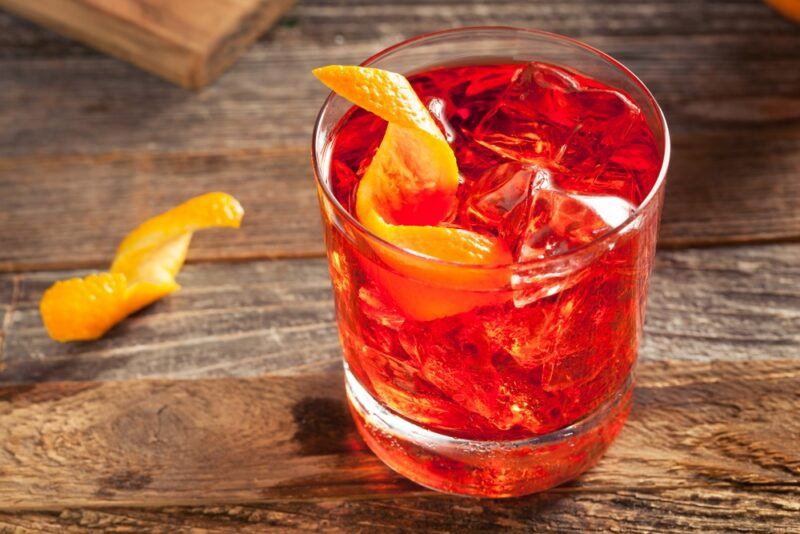
The negroni stands out among 70s cocktails because it has a distinct bitterness. Indeed, it might take a few negronis before you warm to the flavor and start to enjoy the cocktail.
The drink itself just uses three ingredients: gin, sweet vermouth, and Campari. The Campari is what provides the cocktail’s red color and distinct flavor.
Some versions of the cocktail call for equal measures of all three, while others change the ratios. This is also a very strong cocktail, as all three ingredients contain a decent amount of alcohol.
Slow Screw
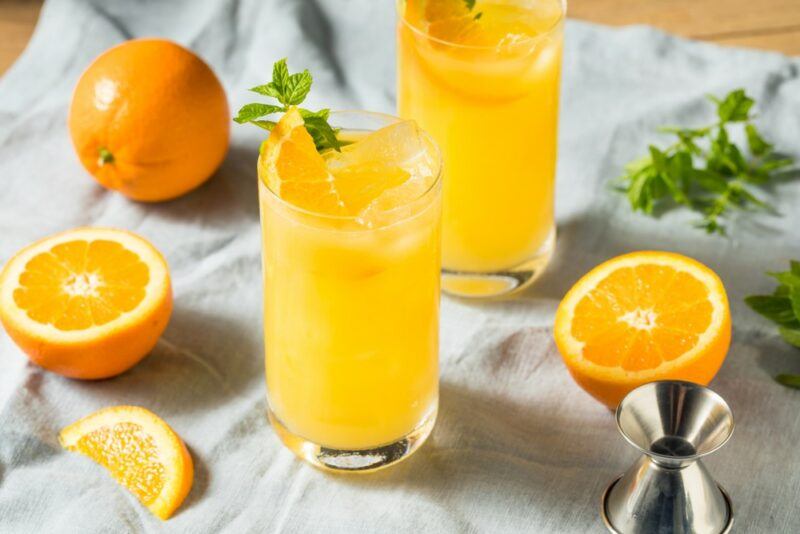
The 70s had a thing for innuendo-laden cocktail names. The slow screw is one example of this.
The cocktail is simplicity itself – just a combination of sloe gin and orange juice. The name is a reference to the sloe gin (‘slow’) and the similarity to a screwdriver (‘screw’).
This single cocktail spawned a whole family of spinoffs, all of which mess with the name even further. Some examples include the slow comfortable screw, the slow comfortable screw against the wall, slow comfortable screw against a cold hard wall… and so on.
Some of the resulting cocktails are better than they seem, while others are pretty average. Regardless, ordering a cocktail in the 70s and 80s could sometimes be an embarrassing affair.
White Russian
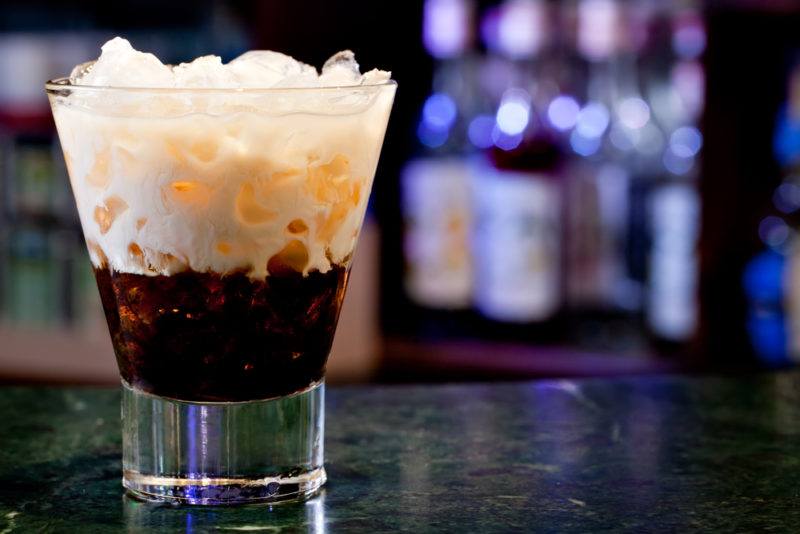
The white Russian saw a resurgence of popularity in the 70s. No surprises there, as this is yet another creamy cocktail.
This time, the recipe combines coffee liqueur with vodka and cream. If you don’t want the cream, leave it out. This will give you a black Russian cocktail, which is delicious too.
Pink Squirrel
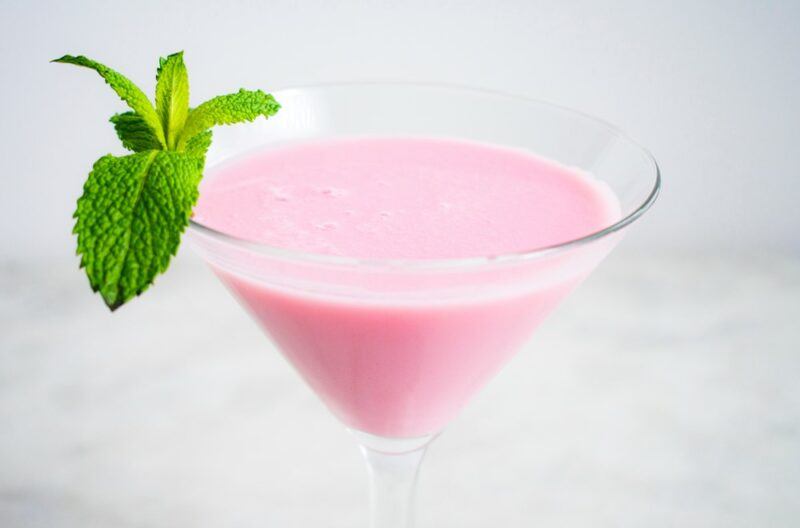
Remember the brandy Alexander and grasshopper that we mentioned earlier? The pink squirrel follows the same style. Just, you know, it’s a pink cocktail.
This time, white crème de cacao is used, along with heavy cream and crème de noyaux. The crème de noyaux provides the drink’s pink color, while imparting an almond flavor. Crème de noyaux isn’t used in many cocktails, so it’s only worth buying if you plan to make pink squirrels regularly.
You can even make a frozen version of the drink by dropping the heavy cream and blending the crème de cocoa and crème de noyaux with ice cream instead.
Golden Cadillac
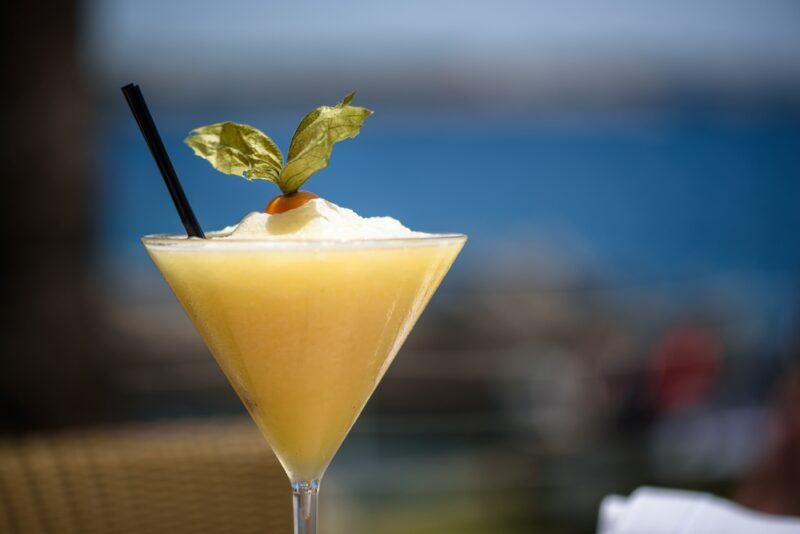
Here we go again with the cream. The time, the cocktail combines crème de cacao with Galliano liqueur and actual cream. It’s a rich and nuanced drink, although it’s not incredibly strong.
Tom Collins
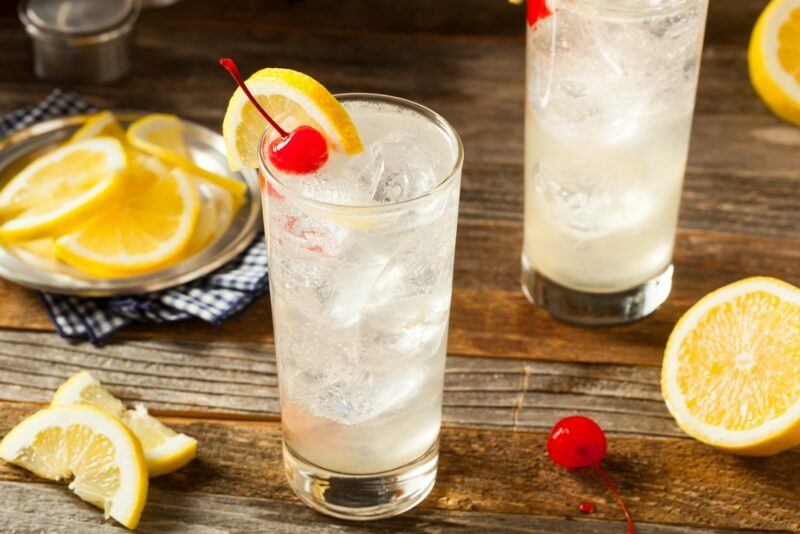
The Tom Collins cocktail was first recorded in 1876 and was probably made long before this. The cocktail never seems to go out of fashion, probably because it is simple, refreshing, and delicious.
Indeed, a Tom Collins is easy to make at home or order at a bar, as you just need gin, simple syrup, lemon juice, and soda water. The style is similar to making a traditional sour, then adding soda water.
An even simpler variation is to combine gin and lemonade. This version offers a similar sweet to sour balance and is even easier to prepare.
Pink Lady
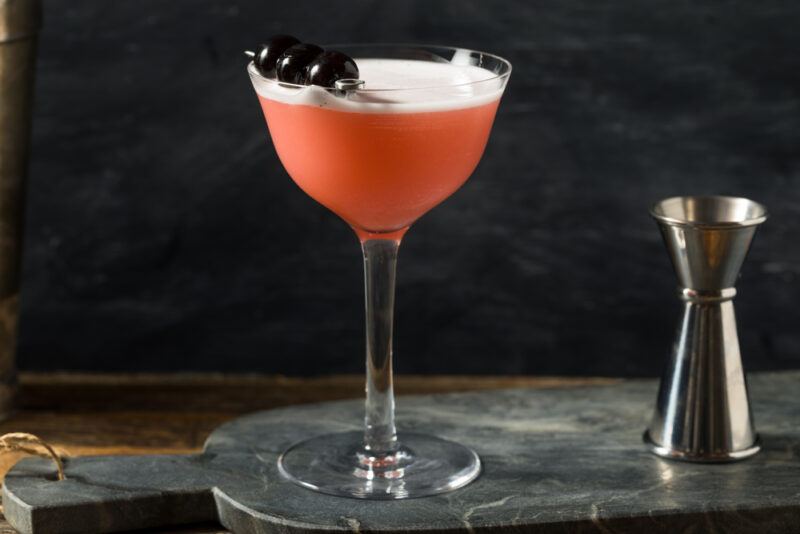
This cocktail brings us back to the bright and creamy cocktail theme. It’s a gin cocktail that also uses half and half (or just cream), an egg white, and grenadine syrup.
However, this isn’t the only way to make it. Some variations just use gin, grenadine, and an egg white. Other ingredients may be added too, including lemon juice or applejack.
While the cocktail has some fans, it’s fallen out of favor these days. There are simply too many other more nuanced and interesting cocktails to turn to.
Vodka Martini
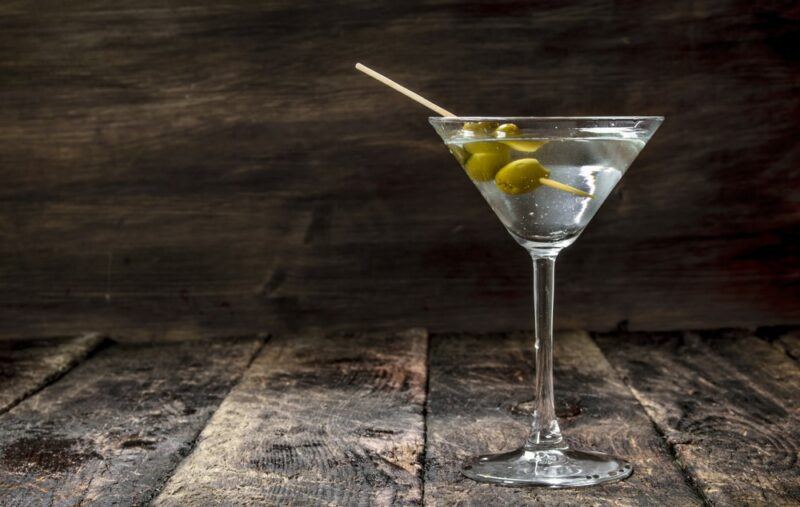
The martini seems to stick around decade after decade. The 70s saw a shift, though, due to the increasing popularity of vodka. Suddenly the traditional gin martini became much less popular – replaced by the vodka martini.
Either way, the martini is a welcome change from the creamy sweetness of other 70s cocktails. It’s simple to make too, as you’re just combining vodka and dry vermouth.
Old Fashioned
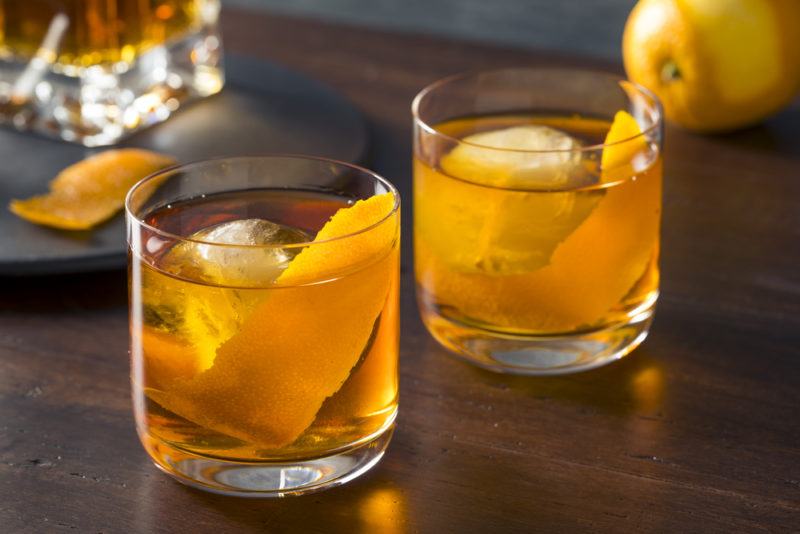
The old fashioned was another classic cocktail that stuck around for the 1970s. It didn’t even get tweaked.
Like the martini, this is a good cocktail if you hope to avoid too much sweetness. It relies on muddling a sugar cube with some bitters, then pouring over whiskey.
Simple and elegant. It’s hard to go wrong with an old fashioned.
Green Hornet
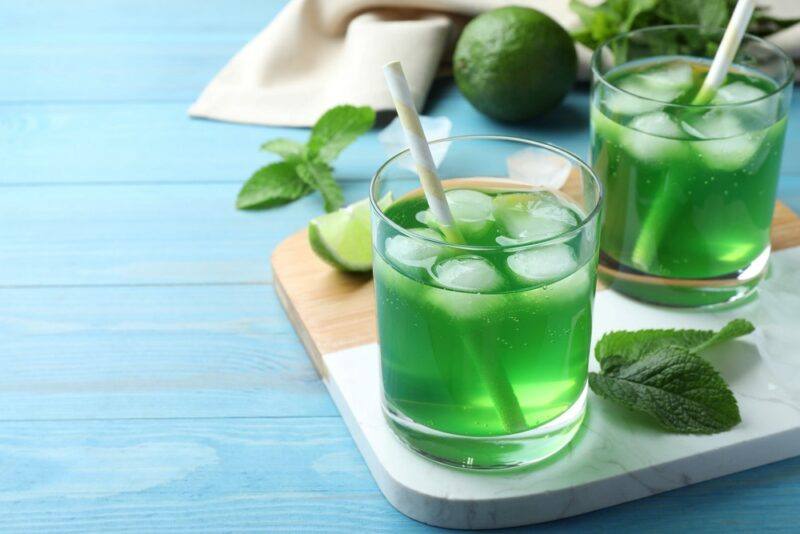
This cocktail isn’t creamy, but it certainly is bright. The color comes from the use of crème de menthe, which is then combined with whiskey, vodka, and gin for a boozy cocktail.
The crème de menthe provides a distinct mint flavor, so this cocktail won’t be for everyone. Still, if you are a fan of mint, why not give this one a try?
Some versions mix the ingredients up, such as adding sour mix and lemon-lime soda. Doing so creates a taller sourer drink that tastes better than you might expect.
Long Island Iced Tea
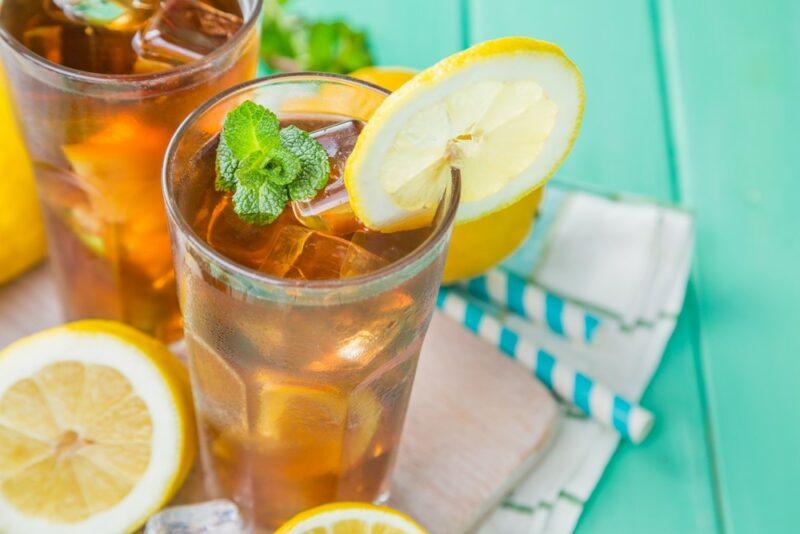
The Long Island iced tea was invented in 1972, making it a child of the 70s. The cocktail is famously deceptive, as it doesn’t include any tea at all.
Instead, it’s a surprising mixture of gin, tequila, rum, vodka, and triple sec, with sour mix and cola added for good measure. That ingredient combination sounds awful, yet somehow the drink works well.
Singapore Sling
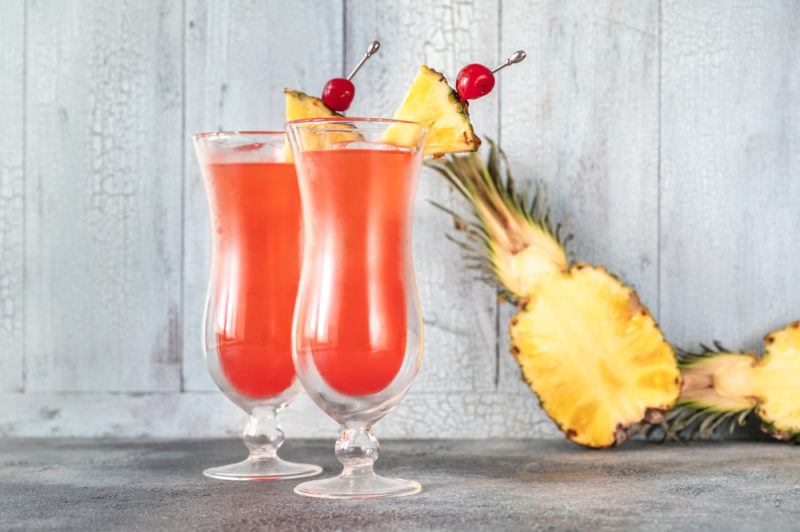
The Singapore sling was created long before the 70s, but perfectly encapsulates the era. The cocktail looks and tastes much like a tall glass of fruit juice, yet contains a decent amount of alcohol.
Not surprisingly, the drink has changed many times over the years. Some versions are simple, relying just on gin, angostura bitters, cherry brandy, sugar syrup, and lemon juice, creating a variation on the traditional sour. Most, however, are fruity and sweet.
Paradise Cocktail
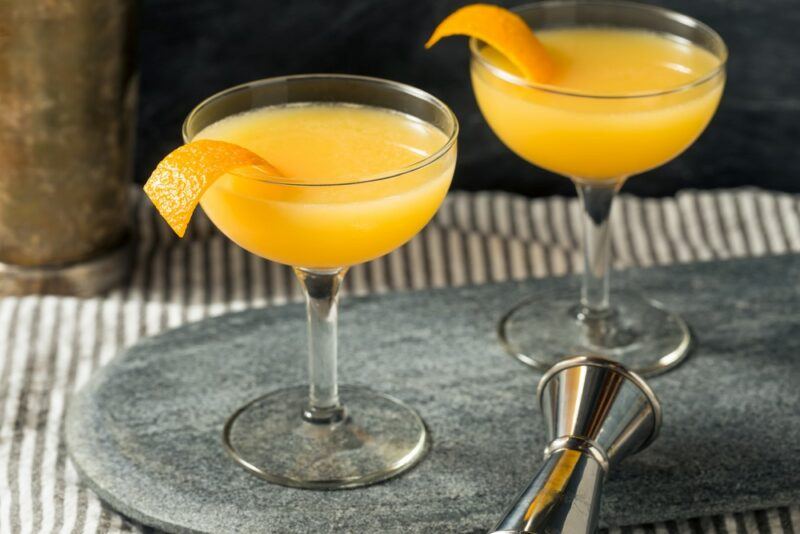
While this popular cocktail has been tweaked and riffed on countless times, the original version remains delicious. The cocktail simply combines gin with apricot brandy liqueur, orange juice, and orange bitters.
These ingredients create a fruity off-dry drink that isn’t too high in alcohol.
Snowball
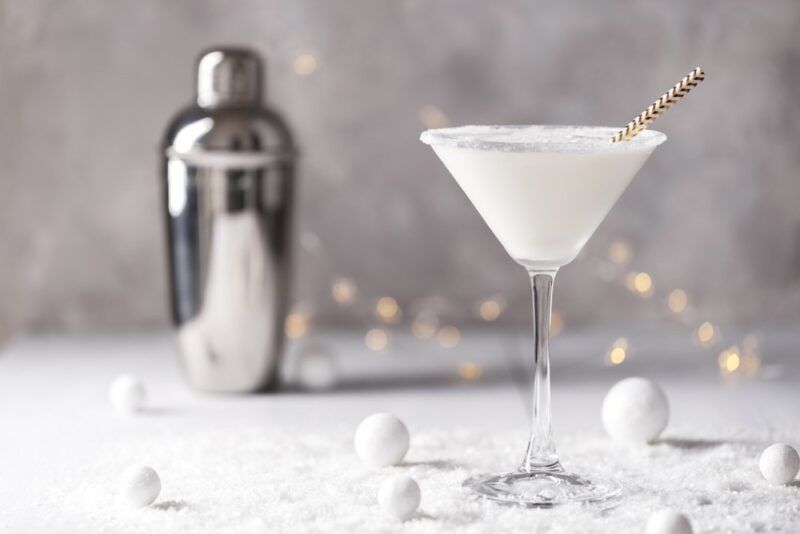
This cocktail’s name and white color make it an interesting Christmas cocktail. However, the cocktail isn’t as creamy as you might expect, as sparkling lemonade is one of the main ingredients. Lime juice is in the mix too.
The final ingredient is advocaat, which is an egg liqueur. This adds a touch of creaminess without making the cocktail too overbearing.
It’s a strange cocktail all around and often isn’t taken seriously. However, Nigella Lawson prepared a version back in 2007, which gave the cocktail a second life.
Manhattan
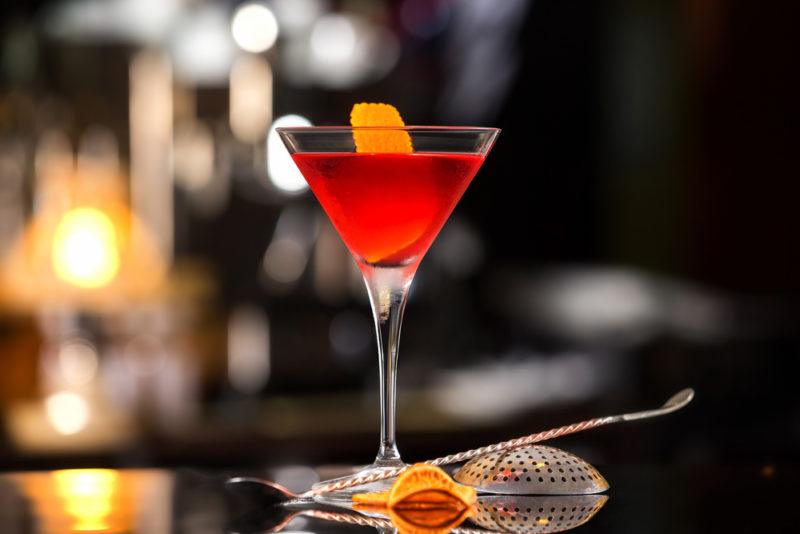
Finally, there is the Manhattan. This is another classic whiskey cocktail, which combines whiskey with sweet vermouth and bitters.
Rye whiskey is the traditional choice here. Don’t be afraid to mix things up though, as most whiskeys work well in this cocktail.
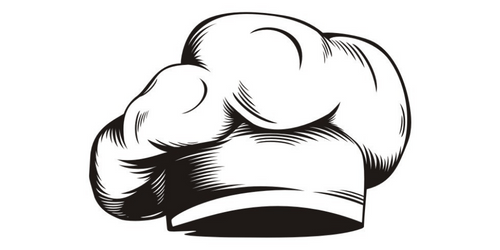
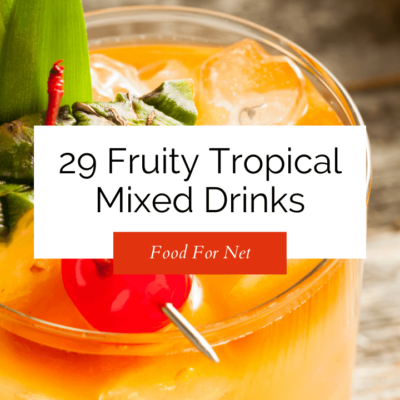

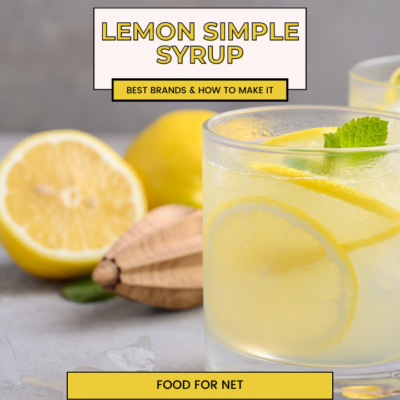
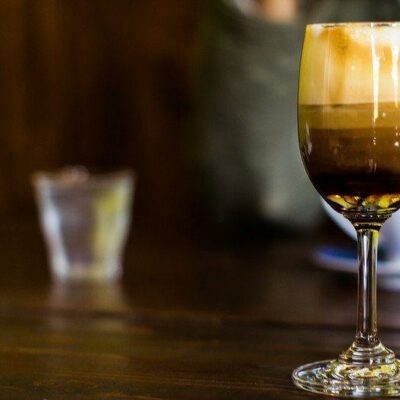
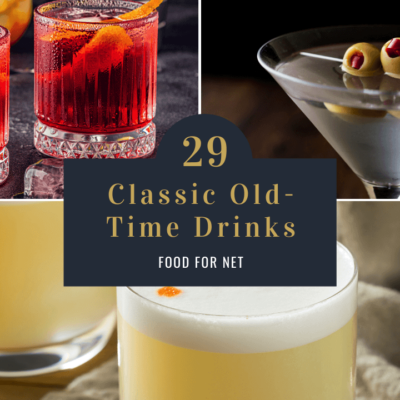


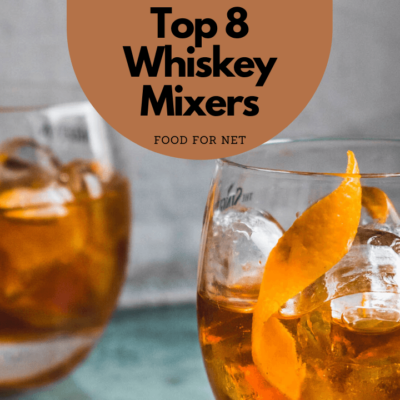

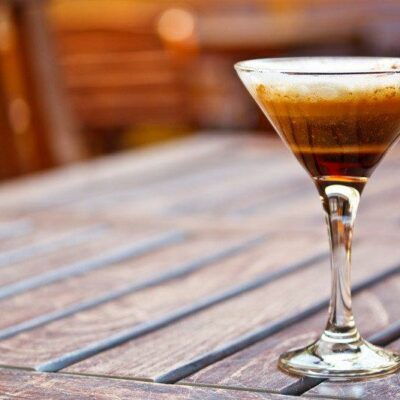
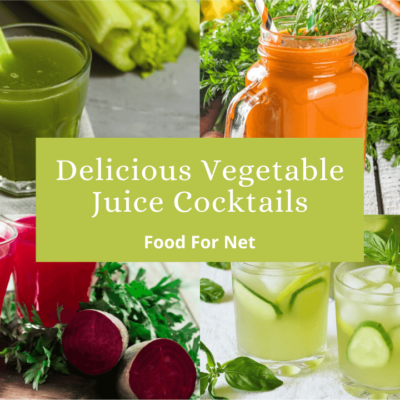
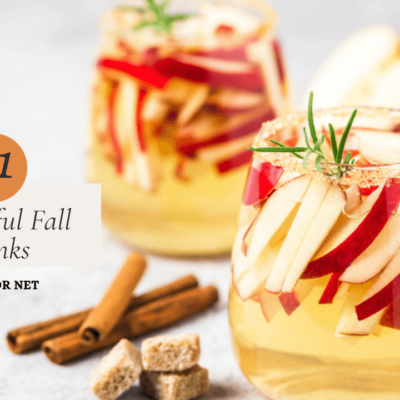
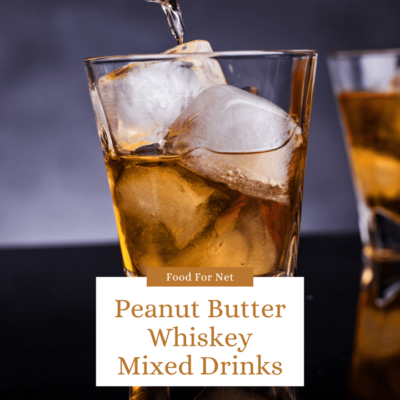
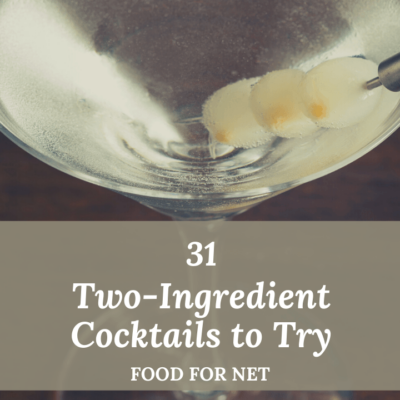
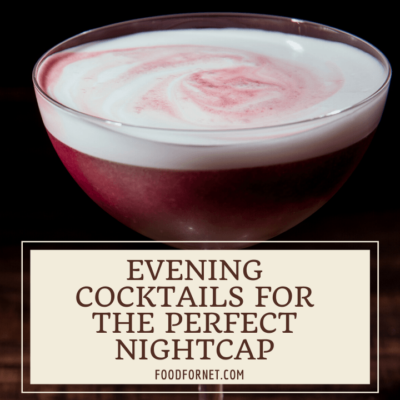
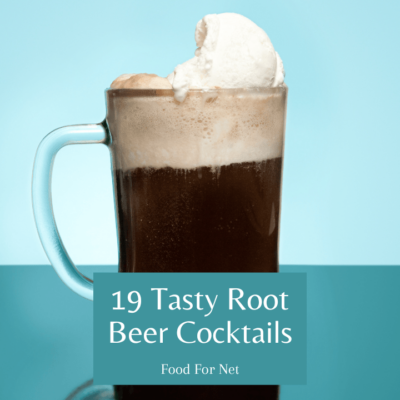
 22 60s Drinks That Will Have You Drinking Like Mad Men
22 60s Drinks That Will Have You Drinking Like Mad Men
Excellent compilation. I only wish you’d list the ratios like 1:3:2 in order of listed ingredients. It takes very little space and makes most of the drinks achievable.
Currently stocking up on the 70s spirits anyway, so when I saw this post it tweaked my interest.
I rember the Tom Collins , the splice , the Harvey walbanger and Harvey cow puncher. The grasshopper is a classic as is the tequila sunrise and the comfortable screw. Naturally the vodka martini matches the bond films of the day and the list goes on.
Thanks for putting these together.. just needs an edit to include said ratios and they’re not only good to look at but able to be consumed while reading !
Cheers.